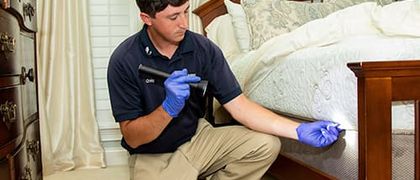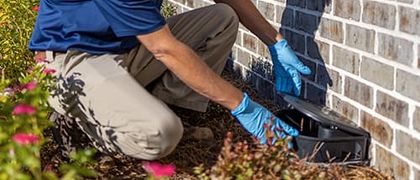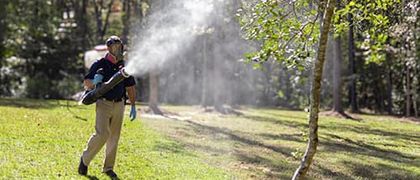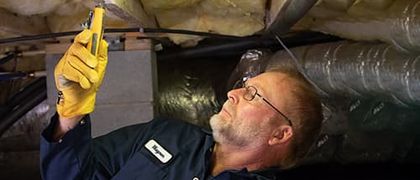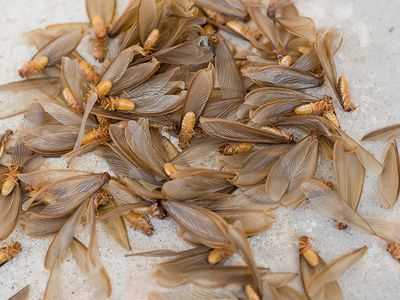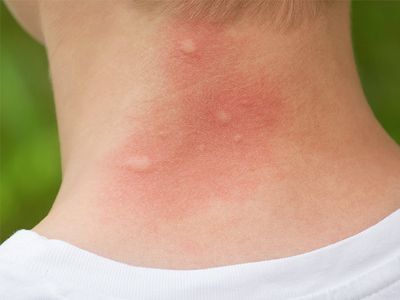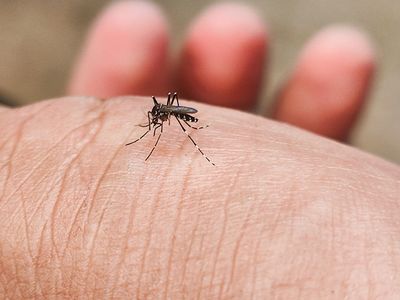How do I identify carpenter bees?
Carpenter bees are large, solitary bees that are known for boring into wood to create nests. Measuring about one inch in length, these bees have shiny black abdomens and some species have yellow markings. Although they are often mistaken for bumble bees, there are not fuzzy like the latter.
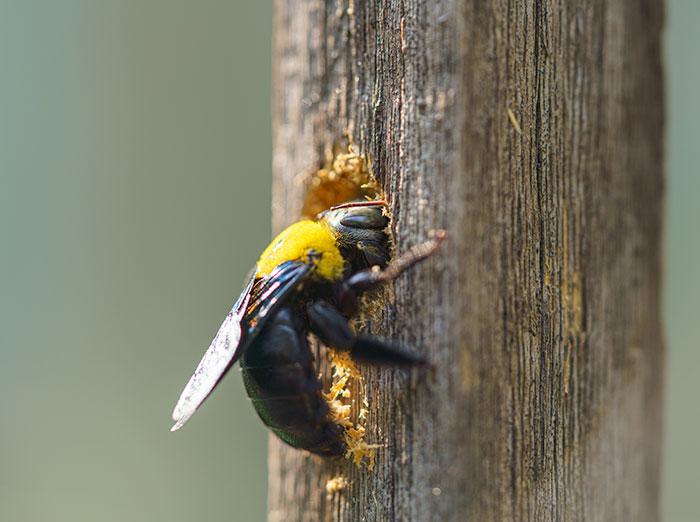
When are carpenter bees most active?
Are carpenter bees harmful to humans?
Female carpenter bees can sting, but usually only do so if threatened or handled. Like yellow jacket stings and stings from other wasps and stinging insects, carpenter bee stings can be painful and result in red, swollen welts. For some individuals, a carpenter bee sting may trigger an allergic reaction and can even be life threatening. Male carpenter bees do not sting, but they will behave aggressively in order to keep people and animals away.
Do carpenter bees damage wood?
Yes, carpenter bees damage wood when they drill holes. Although damage is more cosmetic in nature, greater damage can occur when a woodpecker, attracted by carpenter bee larvae, start drilling into wood. Another way carpenter bees damage wood is by returning to the same nesting sites year after year.
Do carpenter bees pollinate flowers?
Yes, carpenter bees are pollinators of flowers and vegetables.
How can I tell if I have carpenter bees on my property?
If carpenter bees have shown up on your property, you’ll see them flying around, especially near wood that they’re nesting in. You’ll likely see small rounds holes in the deck, porch, and fence or other untreated wood on your property. Lastly, you’ll probably observe piles of sawdust under holes.
What do carpenter bees eat?
Carpenter bees do not eat wood. Instead, they feed on nectar from flowers and pollen.
What attracts carpenter bees?
In addition to potential food sources, carpenter bees are attracted to properties that have wood that has not been painted, stained, or treated. As noted above, decks and fences are common places to find these bees as is wood siding.
How do I get rid of carpenter bees?
If you’ve noticed these large, black bees hovering around the outside of your home or elsewhere on your property, contact Harris Pest Control. Offering effective carpenter bee control in the Pee Dee and Grand Strand regions of South Carolina since 1973, you can count on our team to get rid of your carpenter bee problem quickly. Reach out today to schedule a free pest inspection!
How can I prevent a carpenter bee infestation?
To prevent carpenter bees from damaging your property, we suggest sealing existing holes, filling depressions and cracks in the wood surface, and painting, staining, or varnishing all untreated wood.











